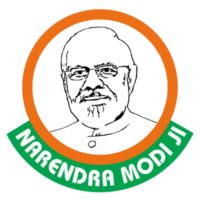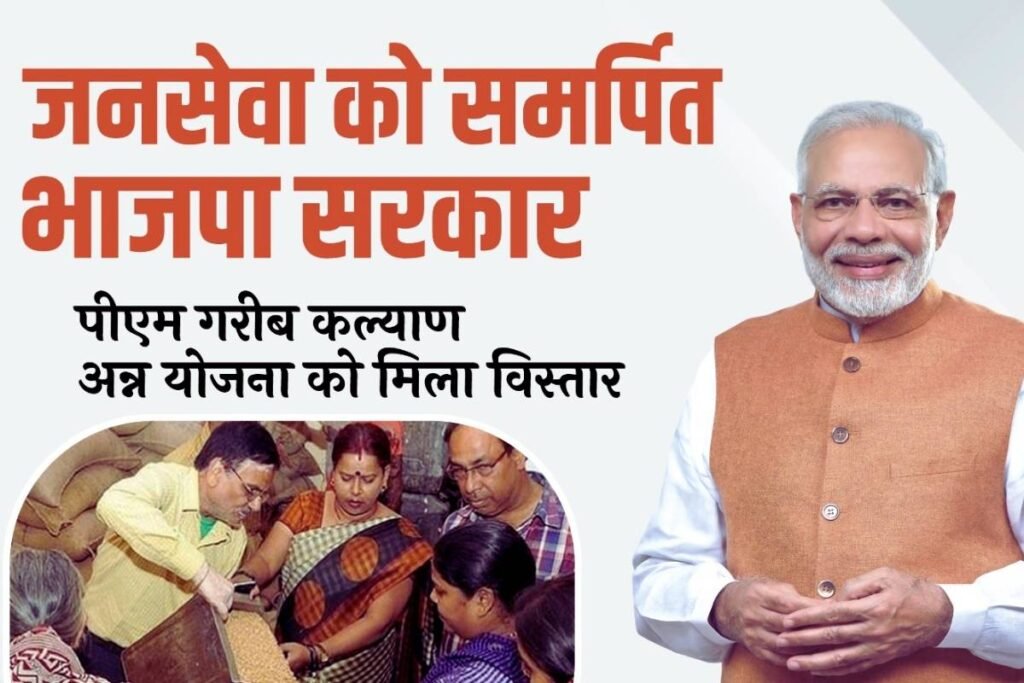Antyodaya Anna Yojana (AAY) is one of the biggest initiatives undertaken by the Government of India. It is a public distribution system scheme that was implemented in India in 2000. The main purpose of the system is to provide food security to the people and to end hunger in India.
It covers the poorest of the poor in our country through the supply of food and essential commodities for their daily needs at subsidized rates. It was implemented first in the Rajasthan State. AAY was developed by the then Union Food and Civil Supplies Minister, N Sri Vishnu.
Antyodaya Anna Yojana is the sponsored scheme of the Government of India to provide highly subsidised food to millions of the poorest families. This scheme was developed by the then Union Food and Civil Supplies Minister, N Sri Vishnu. It was launched by the NDA government on 25 December 2000 and was first implemented in the Indian state of Rajasthan.
After identifying the “poorest of the poor” (the 10,000,000 poorest families in the Below Poverty Line category) through surveying, the government began providing them with an opportunity to purchase up to 35 Kilograms of rice and wheat at a highly subsidised cost of ₹3 per kilogram of rice and ₹2 per kilogram of wheat.
It was expanded twice by an additional 50 lakh BPL families in June 2003 and in August 2004. Poor families were identified by their respective state rural development facilities through the use of surveys. The scheme has been expanded twice, once in June 2003 and then in August 2004, adding 5,000,000 BPL families each time and bringing the total number of families covered up to 20,000,000. After this additional 50 lakh families were added in 2003
Antyodaya Anna Yojana (AAY) and Its Importance
Cost Of Food Grains: All the poor, or beneficiaries-as we call them- get food and other commodities under the AAY scheme. This is done at subsidized rates. The distribution also takes place through a public distribution system. As per this initiative, wheat is provided at Rs.3 per Kg, Rice for Rs.2 per Kg. All eligible families will get 35 Kg of rice every month. Families which come under this section can buy 1 kg of sugar at a rate of Rs.18.50 per Kg through ration shops.
Ration Cards Specialization: The beneficiaries of the AAY are identified by the Central and State Government of India. Once the identification is done, different coloured ration cards will be given to AAY families. A yellow card is given for AAY families in Kerala while Telangana has a Pink ration card which is used by AAY beneficiaries. First, the family is identified as eligible and then they are given a unique “Antyodaya Ration Card”.
Food Grains Allocation: The allocation of food grains is done every month in Antyodaya Anna Yojana which is around 8.51 lakh tonnes per month.
Target Section Of Society and Antyodaya Anna Yojana Eligibility
The main intended beneficiaries of AAY are the persons who are terminally ill or widows or disabled persons or persons aged 60 years or more or single women or single men with no family or societal support or assured means of subsistence. Landless labourers into agriculture, rural people who are into arts and marginal farmers are also part of this project. Rural artisans are craftsmen such as potters, weavers, blacksmiths, carpenters and slum dwellers.
Also, a household with widows or patients who are terminally ill who are the heads of their families is eligible. Terminally ill patients or widows who are living alone are also eligible. Tribal people and HIV-positive persons who are below the poverty line are eligible for this programme. The eligible people should not have assured means of subsistence or societal support. Families with an annual income of less than Rs.15000 are eligible for this plan too.
Aspirants can also read about Food Security in India at the linked article.
Documents Required for the AAY:
Below is the list of documents that are required to apply for this scheme:
- BPL certificate
- Income Certificate
- Deletion certificate or an Affidavit which says that the beneficiary doesn’t have any ration card in the previous years.

